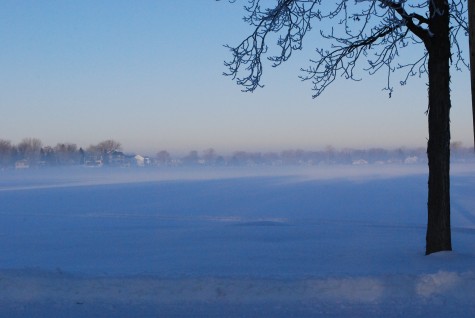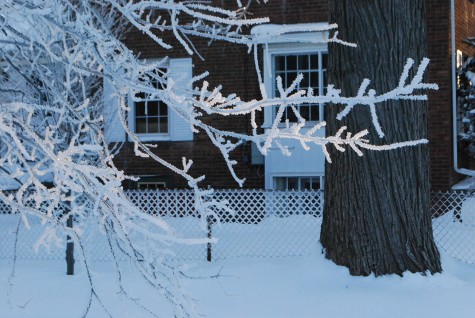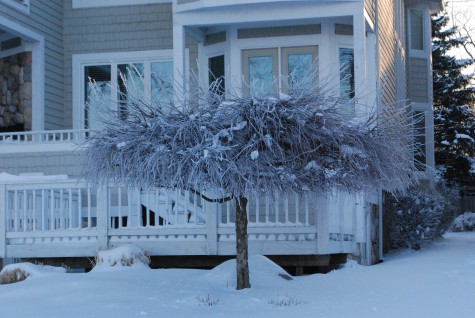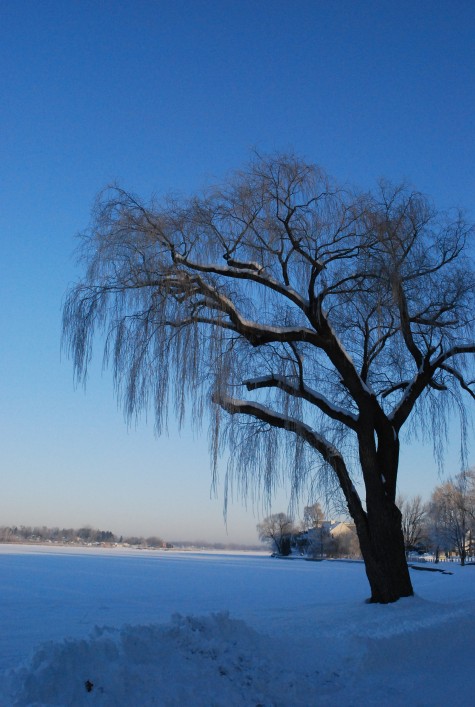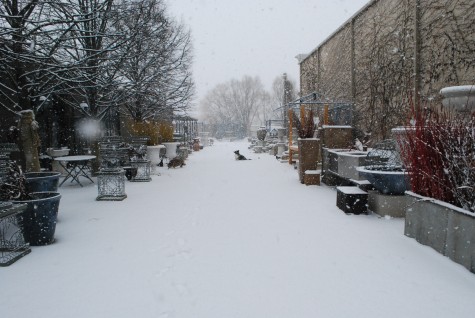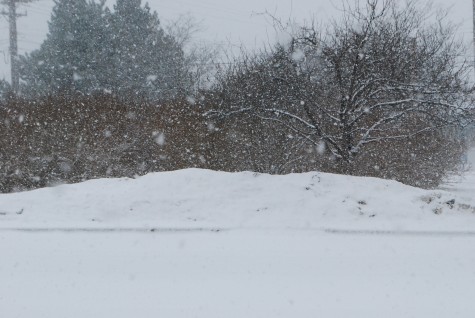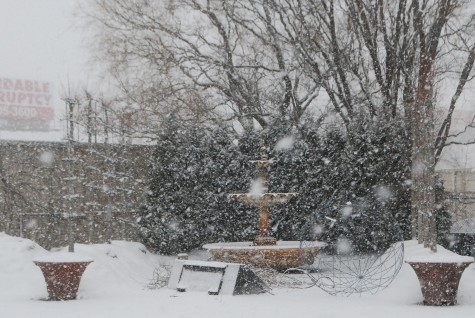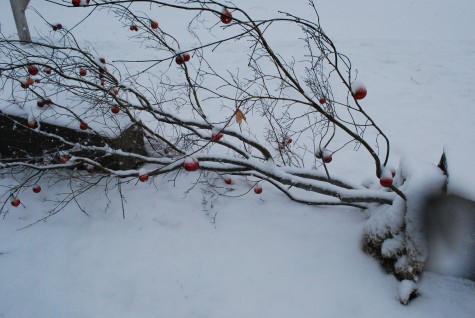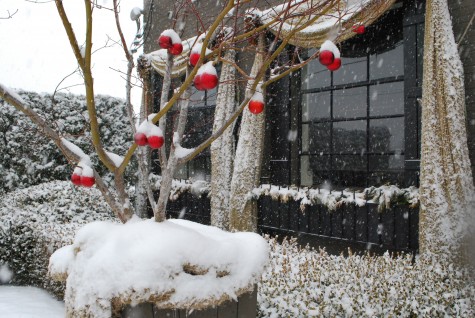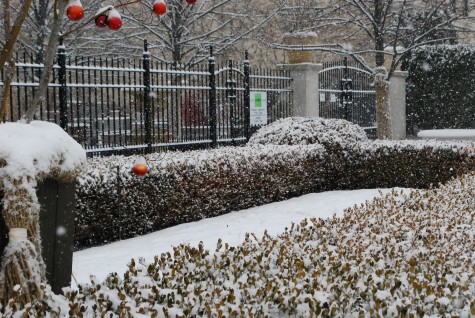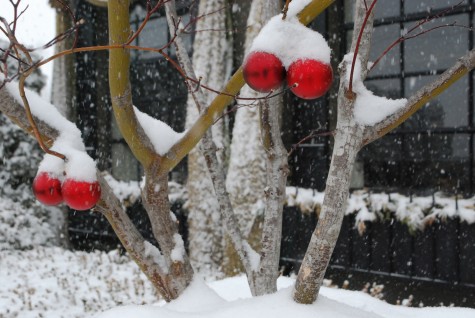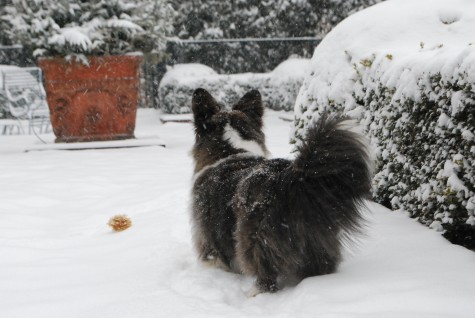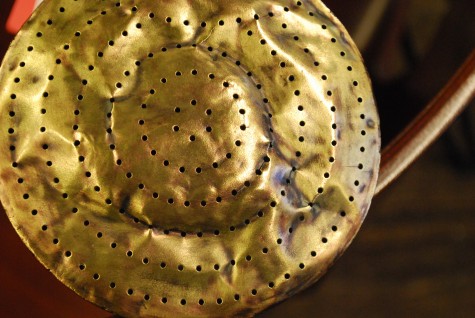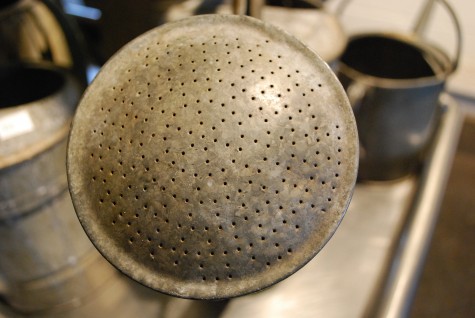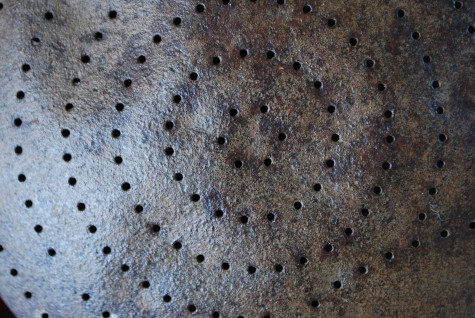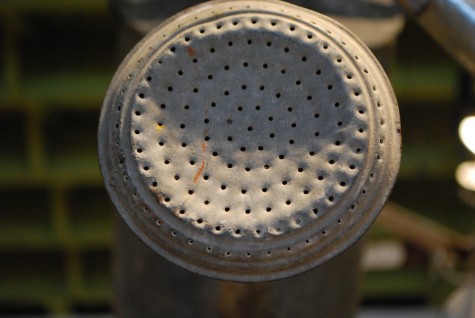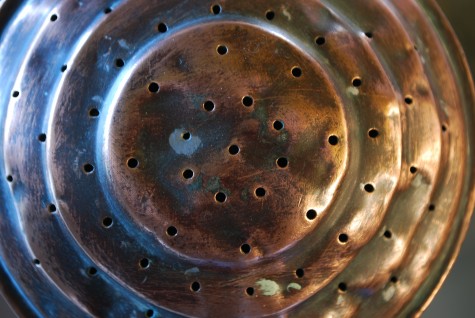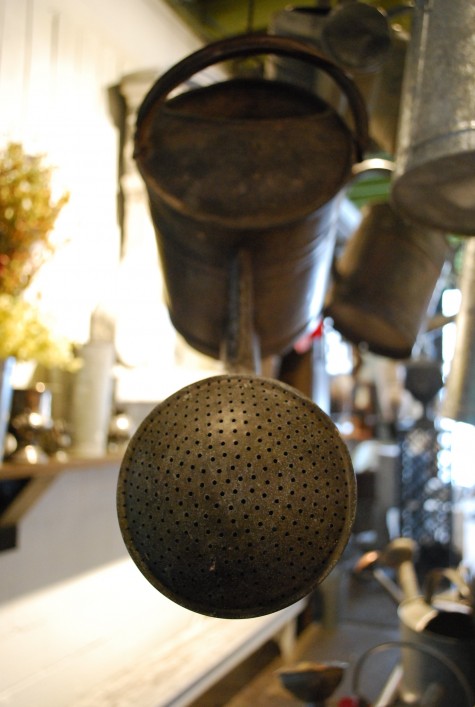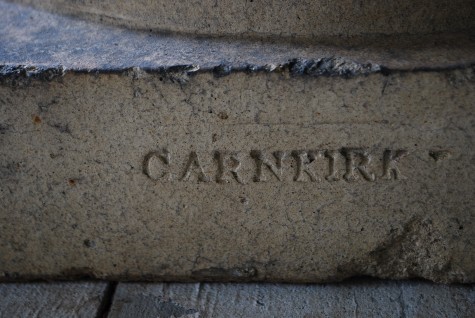 It has been three years since I have shopped for garden ornament in England. This past October, Rob travelled to England and shopped furiously over the course of 2 weeks; just 2 days ago, our first container was finally delivered. The shipping has always been an arduous experience, but this shipment was a lesson in the new world order. No dirt, unknown organisms or moss could be imported. My customs broker requested a crew to come to their warehouse-to dry brush any and all soil and moss from our antique and vintage garden items. I was reluctant to remove all of the beautiful evidence of age, but I complied. The rare Scottish Garnkirk fireclay urn circa 1860-1870 pictured above-I just wanted to have it in my possession, along with all of the other things aboard our container.
It has been three years since I have shopped for garden ornament in England. This past October, Rob travelled to England and shopped furiously over the course of 2 weeks; just 2 days ago, our first container was finally delivered. The shipping has always been an arduous experience, but this shipment was a lesson in the new world order. No dirt, unknown organisms or moss could be imported. My customs broker requested a crew to come to their warehouse-to dry brush any and all soil and moss from our antique and vintage garden items. I was reluctant to remove all of the beautiful evidence of age, but I complied. The rare Scottish Garnkirk fireclay urn circa 1860-1870 pictured above-I just wanted to have it in my possession, along with all of the other things aboard our container.
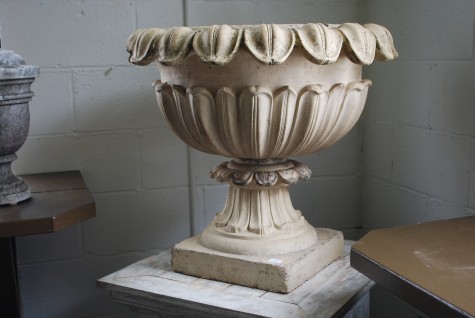
Antique garden ornaments have that history that guarantees a story. What are those stories? The Garnkirk company was founded opened for business in 1832, by Mark Sprot. He had purchased Garnkirk House in 1811; the Garnkirk Colliery and Brickfield was created nearby. The name was later changed to the Garnkirk Fireclay Company. Their fireclay, used to manufacture firebricks and firebrick products, quickly gained a reputation for very high quality and an exceptional light color. A business in brick, glazed water pipes and other architectural items expanded into beautiful objects for the garden. By 1833, it became apparent that the ornamental products they made for gardens were a growing and important part of the company. Garnkirk garden ornament was said to “exhibit pleasing forms and a soft mellow shade of color, harmonizing admirably the hue of foliage and turf”. This reference comes from the Horticulturist, in an article published in July of 1848. My source for this? A Sotheby’s auction catalogue from 1999.
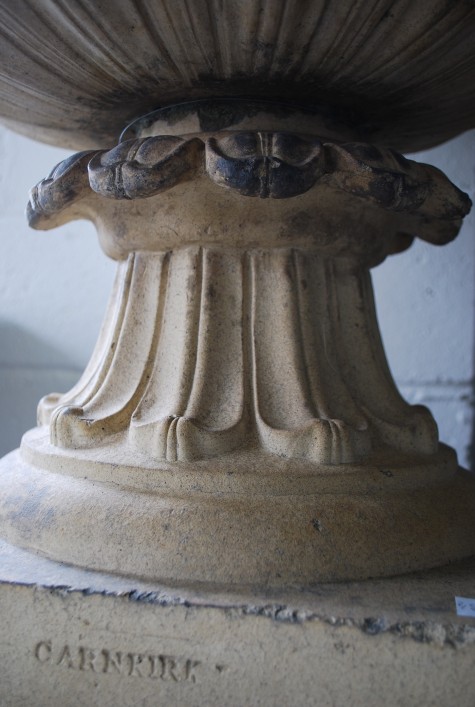 The Garnkirk Fireclay Company was the largest of its kind in Britain. The seam bed of fireclay varied in thickness from four to nineteen feet, located some 150 feet below the surface. The clay was of a composition such that objects made from it had great strength and beauty. The same could be said for the clay found in Impruneta, Italy; entire local industries developed from the availability of beautiful and strong clay. Garnkirk products were shipped all over the world, including the US.
The Garnkirk Fireclay Company was the largest of its kind in Britain. The seam bed of fireclay varied in thickness from four to nineteen feet, located some 150 feet below the surface. The clay was of a composition such that objects made from it had great strength and beauty. The same could be said for the clay found in Impruneta, Italy; entire local industries developed from the availability of beautiful and strong clay. Garnkirk products were shipped all over the world, including the US.
 In 1869, their employees numbered close to three hundred. Some 200 tons of clay were used daily. By 1895, the fireclay pits were exhausted. The company continued production until 1901, when it closed. It is easy to see why this particular clay was so prized. It has a dense and smooth surface which reflects light beautifully. I am sure that density has much to do with the fact that these urns have relatively little damage, considering that they are 151 years old.
In 1869, their employees numbered close to three hundred. Some 200 tons of clay were used daily. By 1895, the fireclay pits were exhausted. The company continued production until 1901, when it closed. It is easy to see why this particular clay was so prized. It has a dense and smooth surface which reflects light beautifully. I am sure that density has much to do with the fact that these urns have relatively little damage, considering that they are 151 years old.
 The urns have been colonized by moss, and have patches of black typical on garden ornament from this period. The engine powering the industrial revolution in the British Isles was coal. I have seen limestone pieces completely blackened from coal smog.
The urns have been colonized by moss, and have patches of black typical on garden ornament from this period. The engine powering the industrial revolution in the British Isles was coal. I have seen limestone pieces completely blackened from coal smog.
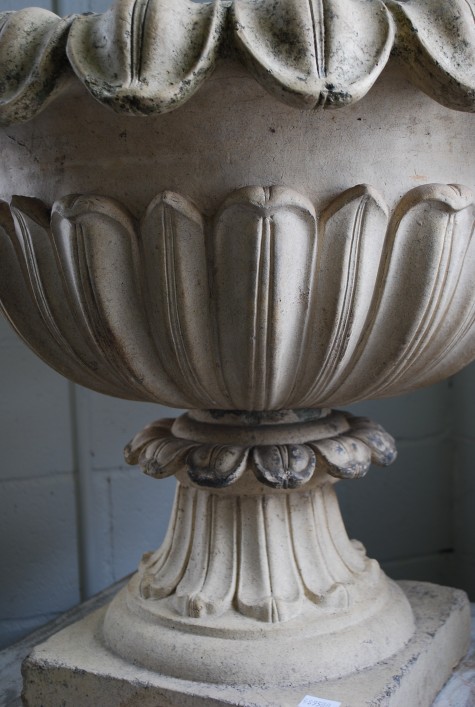 None of the research I have done on these urns has revealed who designed them. The petalled rim is quite beautiful and sculptural, and clearly derived from natural forms. The incised detail is crisp and dramatic. The proportions are handsome. Some very talented person designed these-would that I could know something about them.
None of the research I have done on these urns has revealed who designed them. The petalled rim is quite beautiful and sculptural, and clearly derived from natural forms. The incised detail is crisp and dramatic. The proportions are handsome. Some very talented person designed these-would that I could know something about them.
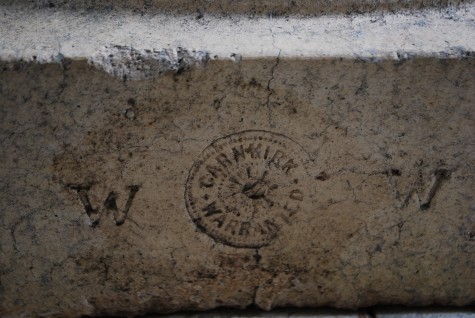
I only know where these urns were for the past year; this leaves 150 years unaccounted for. I do so wish that story could be told; I am sure it would be a tale worth listening to.
